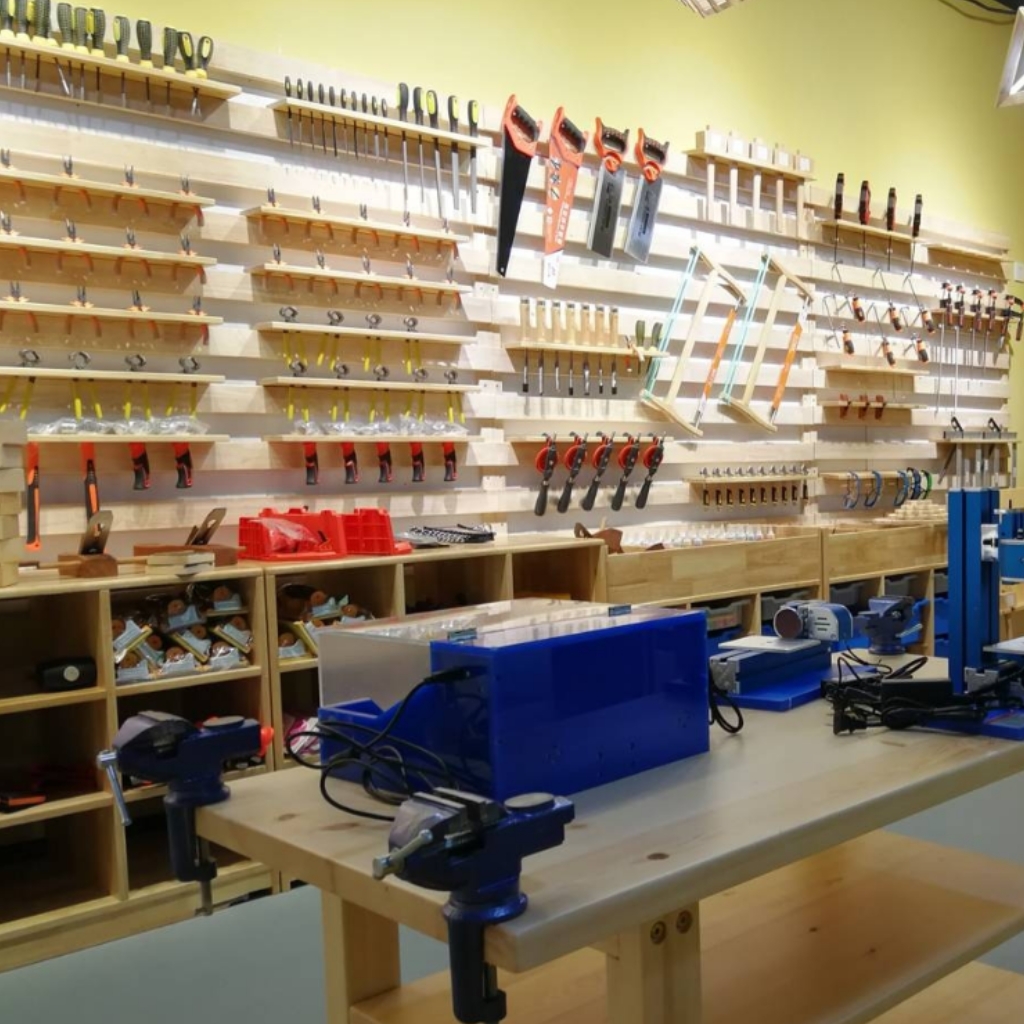At Xendoll Tools, we often encounter enthusiasts and professionals who are curious about the versatility of their workshop equipment. A common question that arises is: "Can I use my metal lathe for woodturning projects?" While the fundamental principle of rotating a workpiece against a cutting tool is similar, the answer is a resounding no. Using a metal lathe for wood is not just inefficient; it can be detrimental to your machine, your project, and most importantly, your safety.
The core reason lies in the fundamental differences between machining metal and shaping wood. These two materials demand entirely different approaches, tooling, and machine environments. Attempting to interchange them is like using a surgeon's scalpel to chop firewood—the tool is precision-built for a specific task and will fail miserably at another. Let's delve into the specific reasons why these machines are not interchangeable.

1. The Critical Issue of Precision vs. "Mess"
Metal lathes are engineered for extreme precision, tight tolerances, and a clean, controlled cutting environment. They are designed to be sealed against the fine, abrasive dust and larger chips produced by metals, which are typically managed with cutting fluids.
Wood Dust Infiltration: Woodturning creates vast amounts of fine, fluffy dust. This dust is highly abrasive and will infiltrate the precision bearings, gears, and leadscrews of a metal lathe. Once inside, it acts like grinding paste, accelerating wear and tear, causing premature failure, and destroying the machine's accuracy.
Lack of Sealing: Unlike their metal-specific counterparts, wood lathes have a more open design, making it easier to manage and remove this debris. Introducing wood dust into the sealed environment of a metal lathe is a recipe for a costly repair.
2. The Vast Difference in Speed and Power Requirements
The optimal operating speeds for wood and metal are worlds apart.
Woodturning Speed: Wood is best turned at high speeds, often ranging from 500 to over 3000 RPM. This allows for clean, smooth cuts and efficient material removal with sharp, handheld tools.
Metalworking Speed: Machining metal requires much slower speeds, typically from 50 to 1200 RPM, depending on the material's hardness and the diameter of the workpiece. The high torque and low-speed gearing of a metal lathe are ill-suited for the high-RPM demands of wood, leading to poor cutting performance and potential motor strain.
3. The Tooling and Technique Divide
This is one of the most visible differences. The tools used and how they are applied are completely different disciplines.
Metal Lathe Tooling: Uses indexable carbide inserts or hardened tool bits clamped firmly in a tool post. The cutting force is applied mechanically through the lathe's carriage and cross-slide, ensuring consistent, precise movement.
Woodturning Tooling: Relies on long, handled gouges, chisels, and scrapers that are manually held against a rest. The woodturner uses their body as the support and control mechanism, a technique that is impossible and unsafe on a metal lathe, which lacks a proper tool rest.
4. Significant Safety Hazards
Combining the wrong machine with the wrong material creates significant dangers.
Lack of a Tool Rest: Attempting to hand-hold a woodturning gouge on a metal lathe is extremely hazardous. The tool can easily catch, levering the workpiece and wrenching the tool from your hands, potentially launching it at high speed.
Workholding Challenges: Metal lathes use chucks designed to grip metal firmly. These chucks, especially 3-jaw self-centering chucks, can crush and split a wooden blank. They also often have internal recesses that become packed with wood dust, making them difficult to clean and operate. Woodturning typically uses specialized faceplates or scroll chucks with spigot jaws that are designed to hold wood without damaging it.
Inappropriate Guards: The safety guards on a metal lathe are not designed for the potential failure modes of a wooden workpiece, which can split or shatter if turned incorrectly.
5. The Problem of Contamination
Finally, there is the issue of cross-contamination.
Wood on Metal Projects: The oils and cutting fluids used in metalworking will permanently stain and ruin wood.
Metal on Wood Projects: Conversely, wood pitch and dust clinging to your metal lathe's bed will contaminate your next metal project, embedding abrasive particles into the workpiece and ruining its finish.。

Conclusion: Choose the Right Tool for the Craft
While the temptation to use one machine for multiple purposes is understandable, when it comes to metal and wood lathes, specialization is key. A metal lathe is a masterpiece of precision engineering for machining durable materials, while a wood lathe is a robust, open-platform tool designed for the dynamic, hands-on art of shaping wood.
Using a metal lathe for woodturning risks your safety, damages your expensive equipment, and will likely result in a disappointing final product. For workshop enthusiasts, educational institutions, and professional dealers, the correct approach is to invest in the right tool for the job.
At Xendoll Tools, we understand the unique needs of machinists and woodworkers alike. We provide specialized mini lathes and milling machines tailored for specific materials and applications. Explore our range at xendolltools.com to find the perfect, purpose-built equipment to bring your creative and technical projects to life safely and efficiently.
 Nov 25, 2025
Nov 25, 2025

 12
12



 Show all our samples
Show all our samples
 Provide you with a free quote
Provide you with a free quote
 Answer all the questions you may have
Answer all the questions you may have
 Guided installation and other options
Guided installation and other options